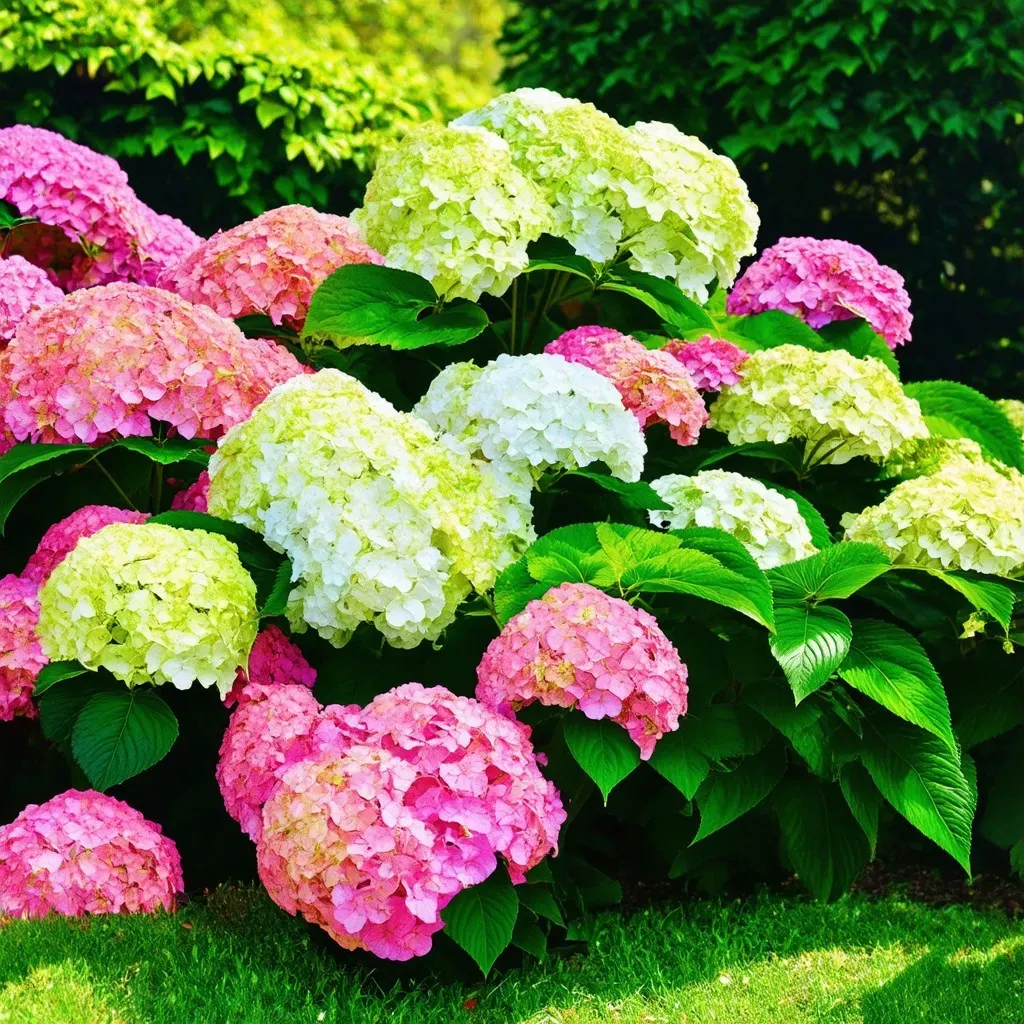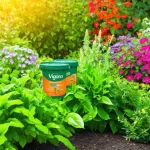hydrangea Quick Fire Pruning is an essential practice for gardeners aiming to keep their hydrangeas healthy and thriving. This specific type of hydrangea, known scientifically as Hydrangea paniculata, flowers on new wood and requires timely pruning to ensure blooming and maintain its structure. Understanding the nuances of when to prune your Quick Fire hydrangea can lead to a spectacular display of blooms.
Understanding Quick Fire Hydrangeas
Quick Fire hydrangeas are prized for their stunning conical flower clusters that bloom early in the season, often transforming from white to pink to red as they mature. Their vibrant colors and unique blooming characteristics make them a favorite among garden enthusiasts.
Pruning Basics:
- Type: Panicle Hydrangea (Hydrangea paniculata)
- Blooming Season: Summer (on new wood)
- Optimal Pruning Time: Early spring
Important Points:
- Prune in early spring before new growth begins.
- Identify dead branches and spent flowers to target during pruning.
- Ensure tools are clean and sharp to prevent injury to the plant.
Step-by-Step Guide to Pruning Quick Fire Hydrangeas
Tools You’ll Need
- Sharp Pruners: For cutting branches cleanly.
- Loppers: Ideal for thicker branches.
- Gloves: Protect your hands while working.
Pruning Process
-
Assess the Plant
Before starting, take a moment to evaluate your hydrangea. Look for dead, damaged, or diseased wood that needs to be removed. -
Remove Dead Wood
Start by cutting away any dead or damaged wood. Focus on the branches that are brown or brittle, as these will not contribute to the plant’s flowering. -
Trim Spent Blooms
Cut back the flowered stems from the previous season to the nearest healthy node. This encourages the plant to focus its energy on new growth and blooms. -
Selective Pruning
Trim older, thicker stems back to about one-third of their height. This will stimulate new growth in the coming season. Be sure to cut at a 45-degree angle just above a healthy bud to encourage the best regrowth. -
Final Touches
Look over the entire bush for any additional areas that may require trimming. Aim for a balanced shape that promotes airflow within the plant.
Pruning Timings and Techniques
| Time of Year | Activity | Notes |
|---|---|---|
| Late Winter/Early Spring | Severe Pruning | Remove dead wood and thinned out old growth. |
| Late Spring | Light Pruning (if necessary) | Remove leftover spent blooms only if needed. |
| Summer | Maintenance | After flowering, remove any dead blooms. |
| Fall | Post-Bloom Check | Assess overall health and prepare for winter. |
Common Mistakes to Avoid
-
Pruning at the Wrong Time:
Late fall or winter pruning can damage the flower buds, leading to fewer blooms in summer. -
Over-Pruning:
Taking off too much wood can result in sparse blooms the following season. Aim for a balanced approach. -
Using Blunt Tools:
Dull tools can crush stems instead of cutting cleanly, which can make the plant more susceptible to diseases. -
Ignoring Plant Health:
Always check for diseases and pests during pruning. Addressing these issues early can prevent bigger problems later.
Frequently Asked Questions (FAQs)
Q1: Can I prune Quick Fire hydrangea in the fall?
A1: It’s not recommended. Pruning in the fall can remove flower buds that have already formed, leading to reduced bloom quantities the next season.
Q2: How can I tell if a branch is dead?
A2: Gently scratch the bark with your fingernail; if it’s green underneath, it’s alive. If it’s brown and brittle, it’s dead.
Q3: What if I missed my early spring pruning window?
A3: No worries! You can still prune your hydrangea, but do it immediately after flowering to maintain its shape and health.
Q4: Is it necessary to prune at all?
A4: While you can skip pruning, doing so may result in overgrowth and fewer flowers. Regular pruning keeps the plant in good shape and promotes better blooms.
Tips for Successful Hydrangea Care
-
Watering: Ensure your Quick Fire hydrangeas are watered regularly, especially during dry spells. Deep watering encourages strong root growth.
-
Soil Conditions: Quick Fire hydrangeas thrive in well-drained, loamy soil rich in organic matter.
-
Fertilizing: Use a balanced, slow-release fertilizer in early spring to promote healthy growth and flowering.
-
Mulching: Apply a layer of mulch around the base of the plant to help retain moisture and suppress weeds.
By following the above pruning techniques and care tips, your hydrangea will not only thrive but will also reward you with brilliant blooms throughout the summer.

For additional information, you can refer to The Spruce’s Quick Fire Hydrangea Guide for more detailed care instructions. Pruning your Quick Fire hydrangeas is an investment in your garden’s beauty – don’t be afraid to get your hands dirty and reap the rewards!


